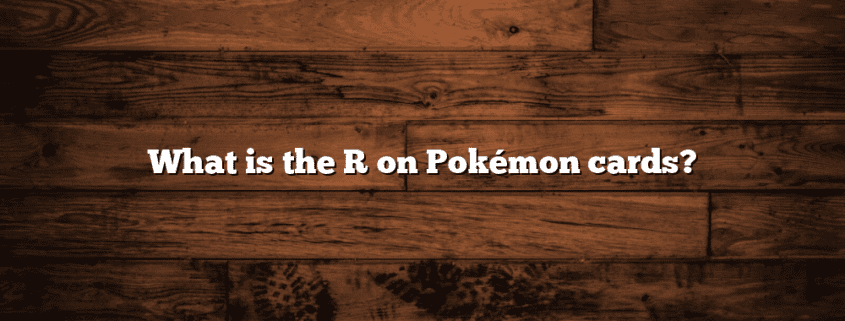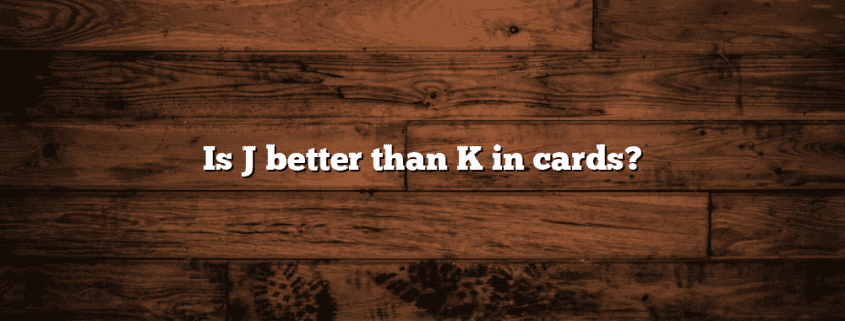Which Pokemon Is Better Scarlet or Violet
Pokemon is a beloved franchise that has captured the hearts of millions around the world. With over 800 unique species of Pokemon, trainers are often faced with the difficult decision of choosing which Pokemon to add to their team. In this article, we will explore the debate between two popular Pokemon: Scarlet and Violet. By examining their strengths, weaknesses, and overall popularity, we aim to determine which of these two Pokemon is the better choice for trainers.
1. Scarlet: The Fiery Fighter
Scarlet is a Fire-type Pokemon known for its vibrant red color and fierce personality. It evolves from its pre-evolved form, Charmander, at level 16 and eventually transforms into Charizard at level 36. Scarlet’s fiery nature is reflected in its moveset, which includes powerful Fire-type attacks such as Flamethrower and Fire Blast.
One of Scarlet’s greatest strengths is its high base stat total, which allows it to deal significant damage in battles. Its Attack and Special Attack stats are particularly impressive, making it a formidable opponent against Pokemon weak to Fire-type moves. Scarlet’s ability, Blaze, further enhances its Fire-type attacks when its HP is low, giving it an edge in tough battles.
Scarlet’s popularity among trainers is evident in its appearance in various Pokemon media, including the animated series and video games. Its iconic design and memorable evolution line have made it a fan favorite for years. Scarlet’s popularity also extends to competitive play, where it is often seen in teams due to its versatility and power.
2. Violet: The Mysterious Mystic
Violet, on the other hand, is a Psychic-type Pokemon known for its deep purple hue and enigmatic aura. It evolves from its pre-evolved form, Abra, at level 16 and eventually transforms into Alakazam when traded. Violet’s Psychic abilities make it a formidable opponent, as it can manipulate objects with its mind and unleash devastating Psychic-type attacks.
One of Violet’s greatest strengths lies in its high Special Attack stat, which allows it to deal significant damage with its Psychic-type moves. Its Speed stat is also noteworthy, making it one of the fastest Pokemon in battle. Violet’s ability, Synchronize, can also be advantageous, as it inflicts status conditions on opponents that try to inflict them on Violet.
Violet’s popularity among trainers is evident in its appearance in various Pokemon media, similar to Scarlet. Its sleek design and mysterious nature have captivated fans, and its evolution line is often regarded as one of the most powerful in the game. Violet’s popularity in competitive play is also notable, as it is often seen in teams due to its speed and versatility.
3. The Debate: Scarlet vs. Violet
Now that we have explored the strengths and popularity of both Scarlet and Violet, it is time to delve into the debate of which Pokemon is better. The answer to this question ultimately depends on the preferences and playstyle of the trainer.
If a trainer prefers a Pokemon with a strong offensive presence and a wide range of powerful moves, Scarlet may be the better choice. Its Fire-type attacks can be devastating, especially against Pokemon weak to Fire. Scarlet’s popularity and versatility in competitive play also make it a reliable option for trainers looking to build a strong team.
On the other hand, if a trainer values speed and strategic maneuvering, Violet may be the better choice. Its Psychic-type moves can be highly effective against a variety of opponents, and its high Speed stat allows it to outpace many other Pokemon. Violet’s popularity in competitive play is a testament to its strength and versatility as well.
4. Conclusion
In conclusion, the debate between Scarlet and Violet ultimately comes down to personal preference and playstyle. Both Pokemon have their own unique strengths and weaknesses, making them valuable additions to any trainer’s team. Whether you prefer Scarlet’s fiery nature or Violet’s mysterious aura, both Pokemon offer exciting battles and memorable experiences.
Ultimately, the decision of which Pokemon is better depends on the individual trainer and their specific needs. The important thing is to choose a Pokemon that resonates with you and complements your playstyle. So, whether you choose Scarlet or Violet, embrace the adventure and enjoy the journey of becoming a Pokemon master!










